In the evolving landscape of modern professional attire, the integration of traditionally non-conventional garments has sparked conversations about expression, identity, and practicality in the workplace. Among these, men's skirts and skirt-like garments, ranging from the culturally rich Scottish kilt to contemporary relaxed skirt-trousers, are gradually making their way into office environments. This movement isn't merely about fashion rebellion; it's a nuanced shift towards inclusivity, comfort, and breaking free from rigid sartorial norms that have long defined corporate dress codes.
The journey begins with the Scottish kilt, a garment steeped in history and heritage. Originally worn as a full-length piece of cloth by Highland men, the modern kilt has become a symbol of Scottish pride and is often seen at formal events, weddings, and cultural celebrations. However, its transition into the workplace requires careful consideration. For professionals looking to incorporate a kilt into their business attire, it's essential to opt for a well-tailored, woolen kilt in traditional tartan patterns associated with one's heritage or a neutral, subdued design. Pairing it with a crisp button-down shirt, a blazer, and formal shoes can strike a balance between respect for tradition and contemporary professional standards. It's not just about making a statement; it's about honoring a cultural artifact while adapting it to a modern context.
Moving beyond the kilt, the world of men's skirts offers a variety of styles suitable for different workplace environments. For those in creative industries or casual offices, denim or cotton skirts can provide a relaxed yet put-together look. A-line or pencil skirts designed for men are becoming more accessible, often featuring functional elements like pockets and durable fabrics. When selecting such pieces, focus on fit and length—knee-length or midi skirts tend to be more universally acceptable in professional settings compared to very short or overly long designs. Neutral colors like black, navy, gray, or olive can seamlessly integrate with existing wardrobe staples, such as tailored shirts, sweaters, or structured jackets.
Another practical option gaining traction is the skirt-trouser or culotte, which blends the comfort of a skirt with the coverage and functionality of trousers. These garments often feature a bifurcated design that allows for ease of movement, making them ideal for professionals who value both style and practicality. In sectors like tech, design, or academia, where dress codes are more flexible, skirt-trousers in breathable fabrics like linen or cotton twill can be a sophisticated choice. Styling them with a tucked-in polo shirt or a lightweight knit can create a polished ensemble that challenges gender norms without compromising professionalism.
Footwear and accessories play a crucial role in pulling together a skirt-based outfit for the workplace. For formal settings, leather dress shoes or smart boots can anchor the look, while in casual environments, clean sneakers or loafers might be appropriate. Avoid overly casual footwear like flip-flops or athletic shoes unless the workplace culture explicitly permits them. Accessories should be minimal and functional; a leather belt that matches the shoes, a classic watch, or a subtle pocket square can add refinement without distracting from the overall aesthetic.
Understanding workplace culture is paramount when introducing any non-traditional garment. Before donning a skirt to the office, assess the company's dress code policies and observe what colleagues wear. In conservative industries such as finance or law, it might be prudent to start with subtle variations, like a kilt for a themed event or a skirt-trouser on casual Fridays, gradually building comfort and acceptance. Open communication with HR or supervisors can also help navigate any potential concerns, emphasizing that the choice is about personal expression and comfort rather than disruption.
Confidence is key when wearing a skirt in a professional setting. Society's perceptions are shifting, but individuals may still encounter curiosity or bias. Carrying oneself with assurance and professionalism can mitigate misunderstandings and set a positive example for inclusivity. Remember, pioneers in fashion often face initial skepticism, but their courage paves the way for broader acceptance. By choosing garments that fit well, align with the occasion, and reflect personal style, men can redefine workplace attire on their own terms.
In conclusion, the integration of men's skirts into professional wardrobes—from the timeless Scottish kilt to innovative skirt-trousers—represents a forward-thinking approach to dress that prioritizes comfort, identity, and breaking gender barriers. While challenges remain, especially in traditional sectors, the gradual normalization of such choices signals a healthier, more expressive future for workplace fashion. As with any sartorial change, success lies in thoughtful selection, cultural sensitivity, and the confidence to wear it well.
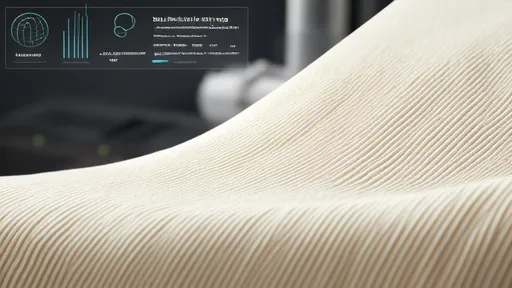
By /Aug 21, 2025
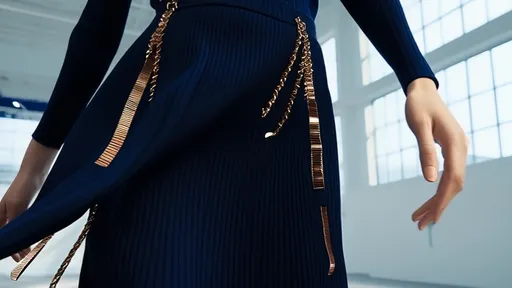
By /Aug 21, 2025
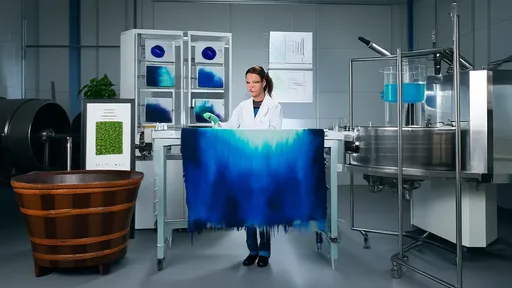
By /Aug 21, 2025

By /Aug 21, 2025

By /Aug 21, 2025
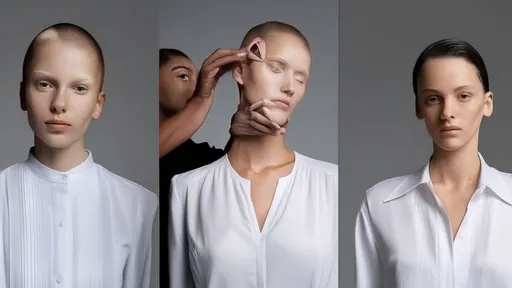
By /Aug 21, 2025

By /Aug 21, 2025

By /Aug 21, 2025

By /Aug 21, 2025
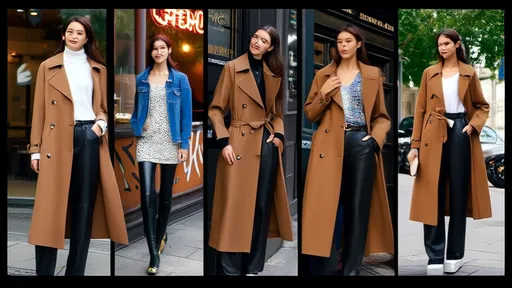
By /Aug 21, 2025

By /Aug 21, 2025

By /Aug 21, 2025

By /Aug 21, 2025
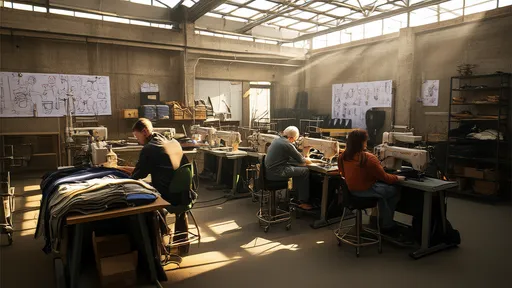
By /Aug 21, 2025
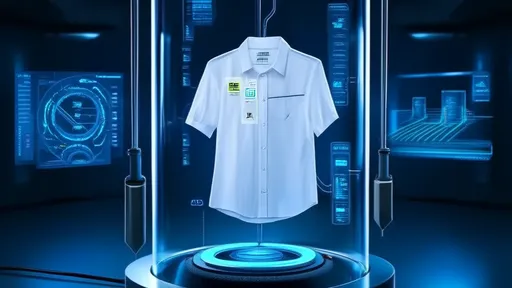
By /Aug 21, 2025

By /Aug 21, 2025

By /Aug 21, 2025

By /Aug 21, 2025
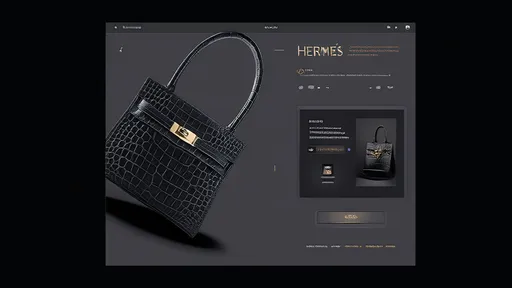
By /Aug 21, 2025

By /Aug 21, 2025